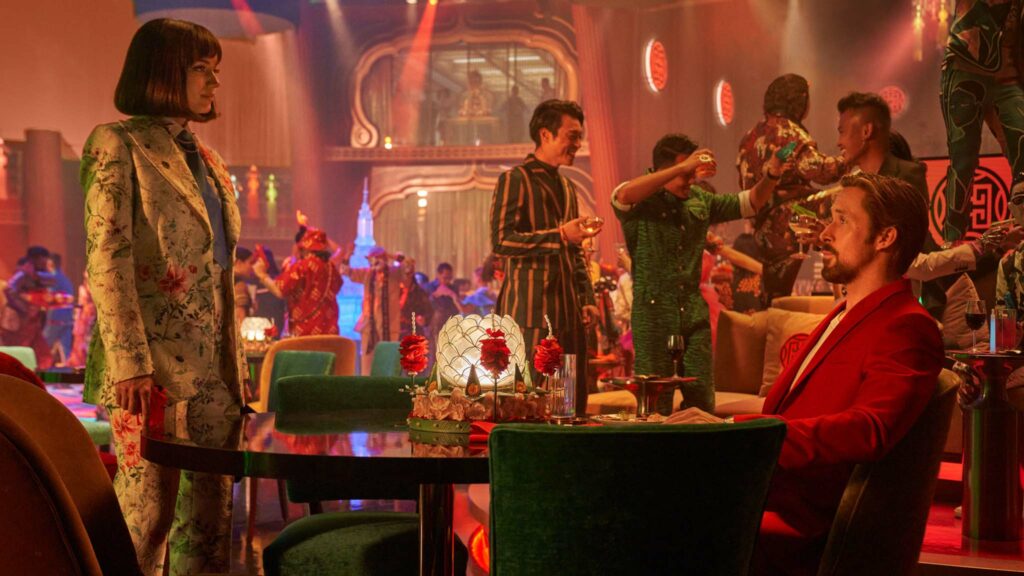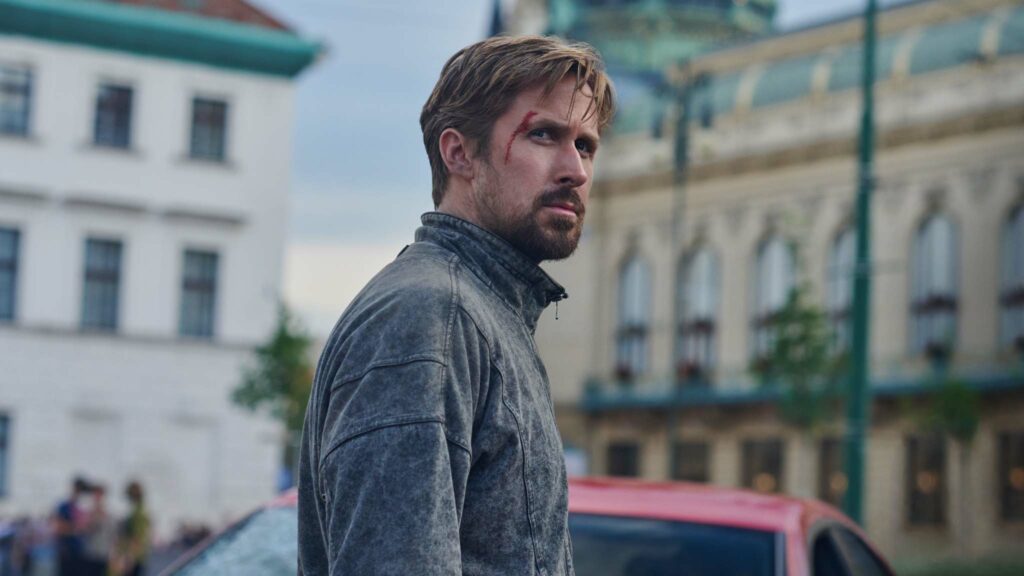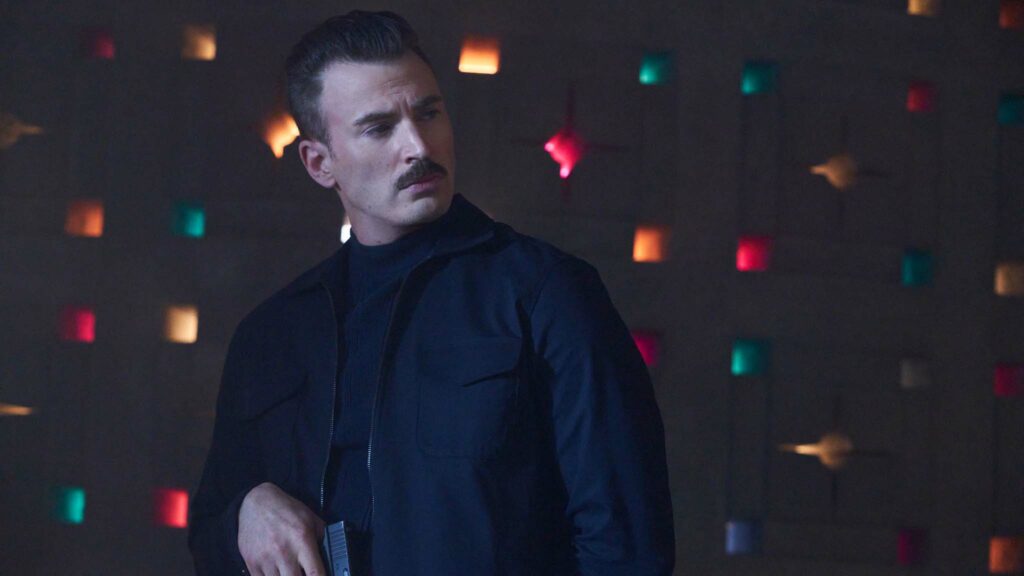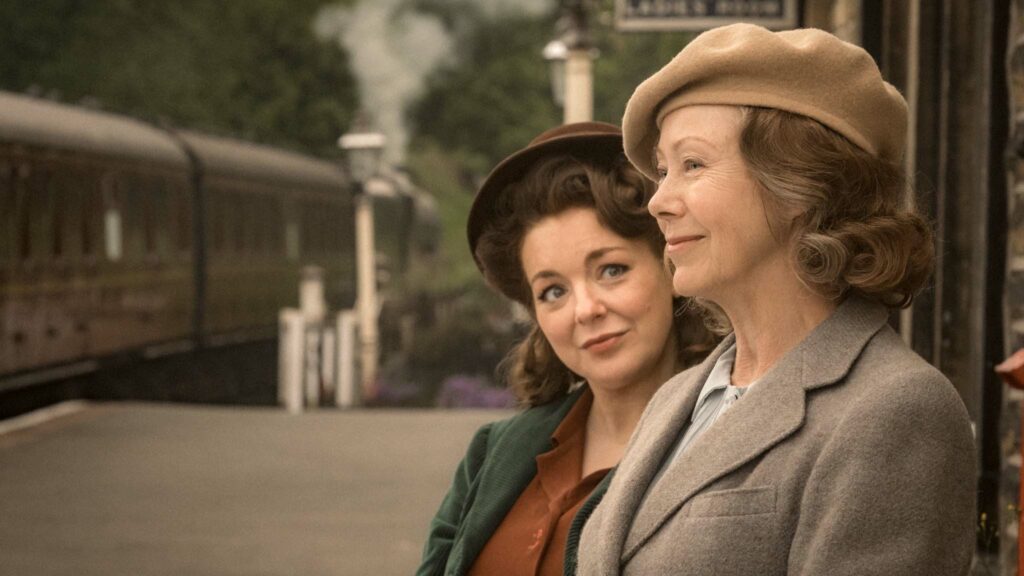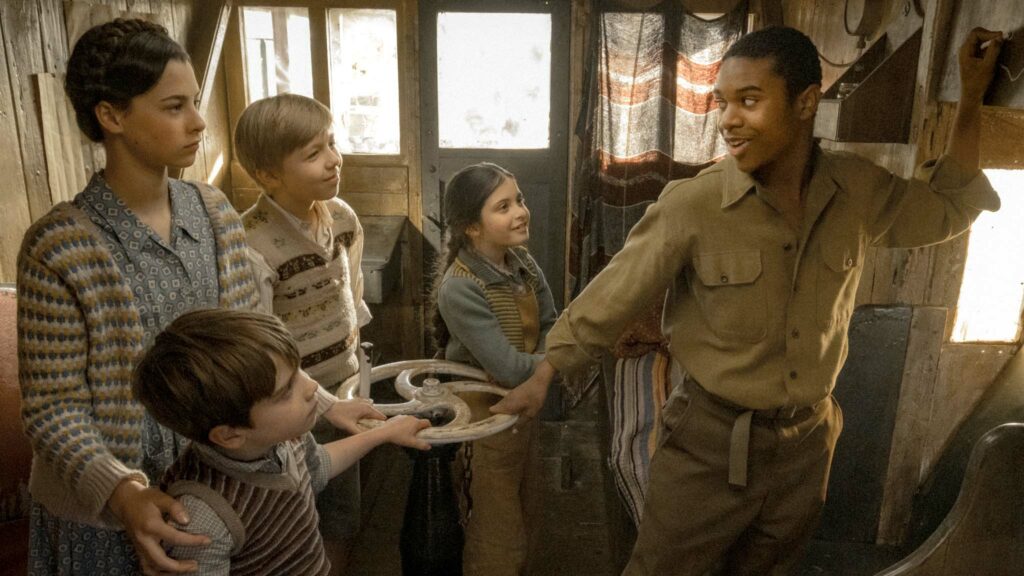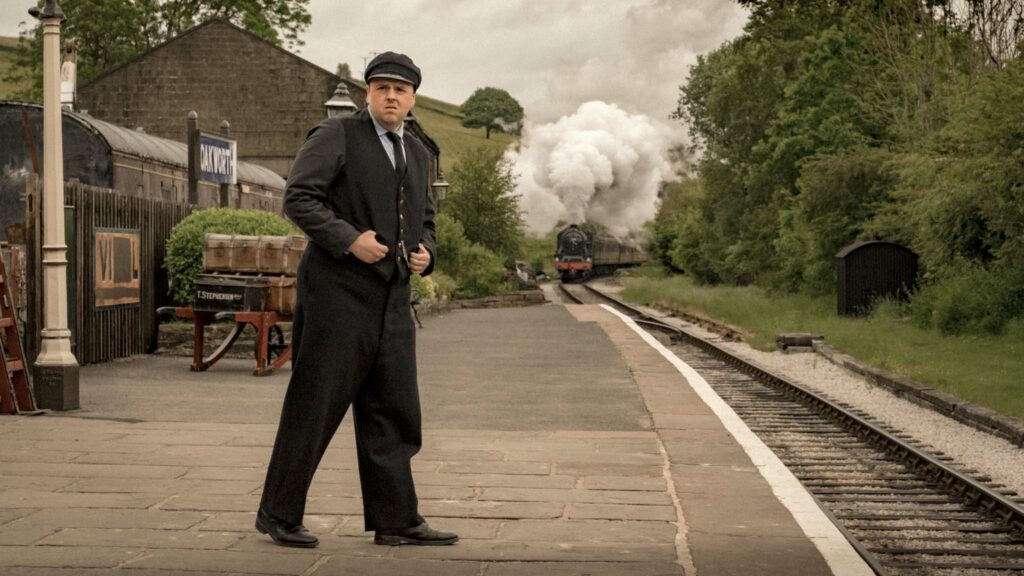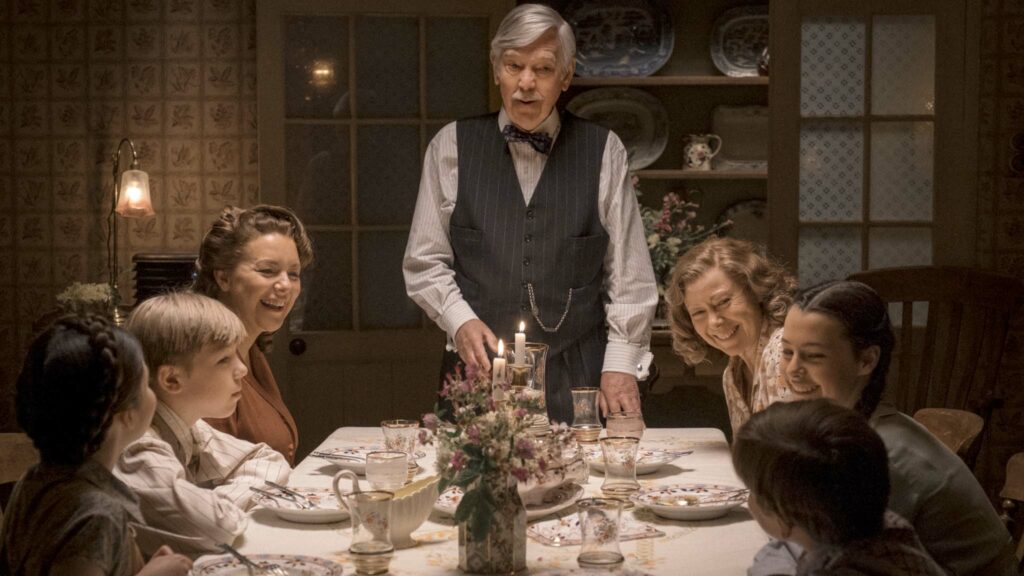Action
The Gray Man (12A)
Review: In Avengers: Infinity War and Endgame, directors Anthony and Joe Russo eliminated half of the living beings in the universe when Thanos snapped his gloved fingers. With the action-packed spy caper The Gray Man, adapted from Mark Greaney’s novel, the siblings have just one target in the crosshairs – James Bond – orchestrating an adrenaline-pumping adventure that snatches up the mantle from Jason Bourne as heir apparent to Ian Fleming’s suave secret agent. Scriptwriters Joe Russo, Christopher Markus and Stephen McFeely score one easy laugh in an early flashback when their conflicted protagonist, Six, casually swats away a question about his unusual name: “Double-O Seven was already taken”.
Glamorous locations, explosive car chases and gun fights are abound, breathlessly choreographed to deliver maximum thrills, including the wanton destruction of Vienna with a runaway tram. One of the principal pleasures of Bond’s most recent outing, No Time To Die, was Ana de Armas’ scene-stealing performance as a seductive CIA agent stationed in Cuba. She left us wanting more and the Russo brothers cannily cast de Armas in a meatier role here, complementing Ryan Gosling’s wise-cracking and muscular central turn as a CIA puppet who dares to hold his handlers to account. He sparks fierce on-screen rivalry with Chris Evans in bruising hand-to-hand combat that fully warrants the film’s 15 certificate.
Incarcerated for a “noble” crime, convicted killer Court Gentry (Gosling) is recruited by grizzled CIA handler Donald Fitzroy (Billy Bob Thornton) to work for the US government as a lethal asset who lingers in the shadows and terminates threats to national security without any official ties to The White House. “Let’s just say you’d be indefinitely useful,” smirks Gentry, who rechristens his new recruit Sierra Six. A complex mission in Bangkok, led by CIA agent Dani Miranda (de Armas), goes awry and Six stumbles upon corruption within the upper echelons of the agency he has sworn to serve.
CIA director Denny Carmichael (Rege-Jean Page) and lieutenant Suzanne Brewer (Jessica Henwick) recruit sociopathic private contractor Lloyd Hansen (Evans) to neutralise Six and retrieve an incriminating hard drive. A high-stakes game of cat and mouse puts Six on a collision course with the world’s most brilliant assassins including Avik San (Dhanush). Thankfully, Six still has a few trusted allies, including Fitzroy, his young niece Claire (Julia Butters) and retired CIA London station chief Margaret Cahill (Alfre Woodard).
The Gray Man is a whoop-inducing blast that confidently outmuscles Bond for pure escapist entertainment. The Russos are as relentless as Six in their determination to leave us shaken and stirred by spectacular physical stunts, such as an exhilarating escape from a fracturing airplane fuselage. Every nickel and cent of the rumoured 200 million dollar budget is on the screen and Gosling gratuitously flaunts a ripped physique in between droll quips and bruising fisticuffs that leave us teetering in delicious delirium on the edge of our seats.
Find The Gray Man in the cinemas
Drama
The Railway Children Return (PG)
Review: Writer-director Lionel Jeffries’ cherished film adaptation of The Railway Children, based on the novel by E Nesbit, has been chugging into the affections of British families for more than 50 years. Shot in West Yorkshire, the wholesome and heart-warming adventure transplanted three siblings (Jenny Agutter, Sally Thomsett, Gary Warren) at the turn of the 20th century from London to modest lodgings in the country after their father is arrested on suspicion of being a spy. The Waterbury tykes memorably wave down an oncoming train to warn the driver about an obstruction on the tracks and Jeffries orchestrates one of cinema’s great tear-filled reunions as a train pulls out of Oakworth station and a voluminous cloud of steam evaporates to tinkles on the soundtrack from composer Johnny Douglas.
An aptly titled sequel, The Railway Children Return, written by Danny Brocklehurst and directed by Morgan Matthews, strives to recapture the wistful nostalgia and sentimentality of the original against the backdrop of the Second World War, including scenes shot on the Keighley and Worth Valley Railway and the return of Agutter as Bobbie Waterbury (now a headstrong grandmother who has answered the suffragette cause.) It’s a charming confection anchored by strong performances from the young cast led by Beau Gadsdon.
The year is 1944 and parents across Britain tearfully prepare to send their children into the countryside to escape the devastation wrought by German bombs. Plucky siblings Lily (Gadsdon), Pattie (Eden Hamilton) and Ted Watts (Zac Cudby) are evacuated from Salford to the picturesque Yorkshire village of Oakworth. The tired children are eventually placed with headmistress Annie Waterbury (Sheridan Smith), whose husband is away at war in the Royal Air Force, and her son Thomas (Austin Haynes).
Four tykes under one roof is a squeeze but Annie makes ends meet with the unwavering support of her mother Bobbie (Agutter) and the local community. The displaced children encounter an injured American soldier called Abe (Kenneth Aikens) in the local railyard who claims to be a secret agent. In reality, he is hiding from bigoted military police, who have been raising batons at black recruits stationed on British soil. As Lily, Pattie and Ted become firmly embedded in village life and interact with stationmaster Richard (John Bradley), the youngsters defiantly stand up against injustice close to home.
The Railway Children Return sweetly harks back to a bygone era. Brocklehurst’s script lacks dramatic tension, restricting the spectre of conflict to one enemy munition dropped close to the village churchyard (“Wretched war, even the dead aren’t safe!”) Sadly, Bernard Cribbins’ beloved station porter Albert Perks doesn’t return to tug heartstrings and a climax on the railway tracks (where else) uncouples credibility in the sidings.
Find The Railway Children Return in the cinemas


